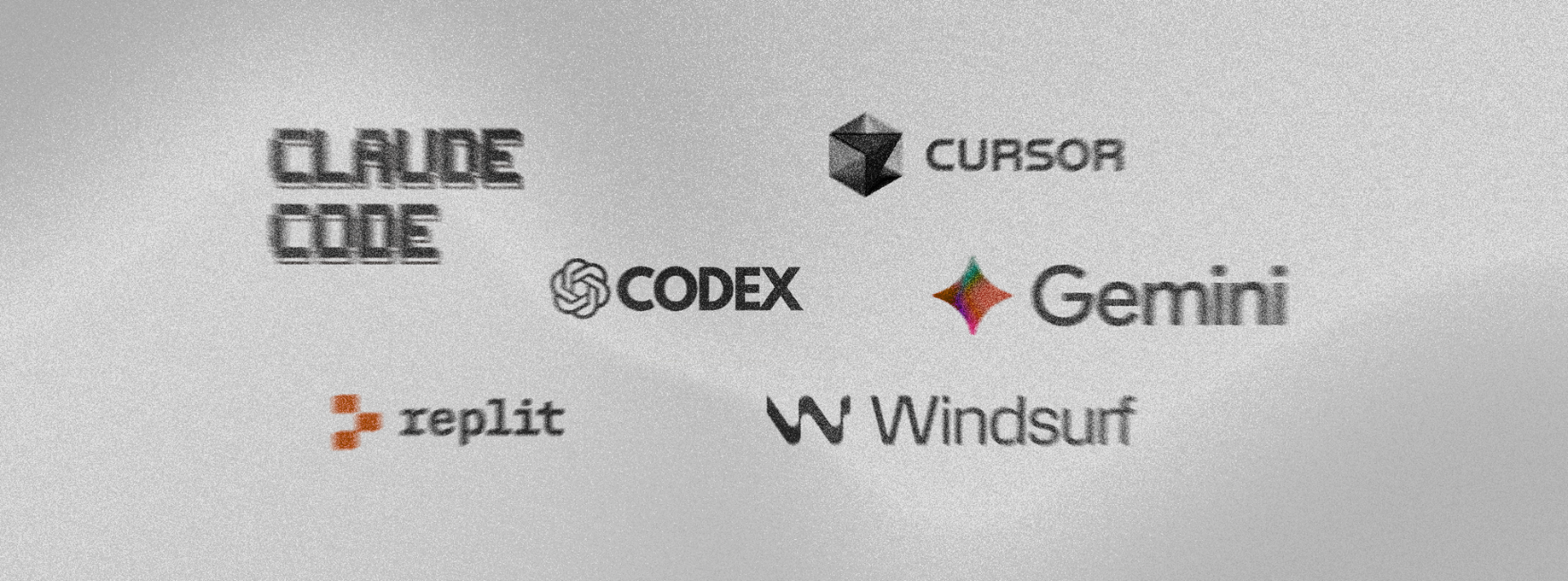Introduction
Ever heard the story of the tortoise and the hare? The hare raced ahead, full speed, while the tortoise took its time. In the end, the slow and steady tortoise won the race.
What if the same lesson applies to AI adoption?
What if taking it slow can lead to the best results?
A lot of businesses are scrambling to adopt AI, worried they'll miss out. But rushing into AI can backfire.
Another example. Think of it like running a marathon. Everyone sprints at the start, but you take a moment, then jog at a steady pace. Hours later, you cross the finish line while the sprinters are still struggling to catch up. That's the AI adoption paradox: slow and steady often wins the race.
Well, it's similar in the world of AI.
Definitely not about being first, but doing it right.
Now, let's break down why a thoughtful approach can set you up for long-term success.
The problem with rushing into AIs
You've probably seen the headlines. "Company X uses AI, stock prices soar!" or "Company Y adds a chatbot, everyone's talking about them!" It's tempting to jump on the bandwagon, but let's look at what's really happening behind the scenes.
A lot of companies fall into the trap of "AI washing" slapping an "AI" label on something to make it sound cutting-edge, even if it's not. It's like putting a spoiler on a minivan and calling it a race car. It might look cool, but it's not going to win any races. So.. what's the point?
Rushing into AI doesn't just waste money it can create bigger problems. Here's what can go wrong:
- Employee burnout can happen when your team is constantly chasing the next big thing.
- Resistance to change occurs when people feel like AI is being forced on them, causing them to push back.
- Ethical issues arise when corners are cut, leading to biased or unfair AI systems.
- Technical debt builds up when quick fixes are made, creating bigger problems down the road.
Why taking your time pays off
Now let's talk about the benefits of a slower, more thoughtful approach. Strategic patience is not moving slowly, but moving with purpose.
Here's how to do it right:
- Start with a strong foundation by ensuring your data is clean and well-organized before using AI.
- Focus on real problems and use AI to solve specific challenges your business faces.
- Test with small pilot projects to see what works and what doesn't.
- Get your team on board by teaching them about AI and how it can improve their work.
Teaching your team about AI
Taking your time with AI is about people, too. AI is only as good as the people who use it, and if your team isn't on board, even the most advanced tools won't deliver results. Here's how to help your team get comfortable with AI and make it a natural part of your organization's workflow.
- Offer Training, and start with the basics
AI can feel intimidating, but you don't need to be a data scientist to understand it. Offer training programs that break down AI into simple, relatable concepts. Use real-world examples like Netflix recommendations or spam filters to show how AI works. Focus on how it can make their jobs easier, like automating repetitive tasks or providing insights from data. Address common fears, like "Will AI take my job?" and emphasize that AI is a tool to enhance their work, not replace them.
Example: Unilever has implemented AI training programs for employees at all levels, helping them see firsthand how AI can be a helpful tool.
- Encourage experimentation and let them play
Let your team try out AI tools in a "safe-to-fail" environment. Provide access to user-friendly tools like ChatGPT or Tableau, and set up sandbox environments for testing. Hands-on experience demystifies AI and helps employees see its potential.
Example: American Express encourages employees to experiment with AI tools for fraud detection and customer service, fostering a culture of innovation.
- Share successes (and failures)
Transparency builds trust. Share examples of how AI has improved workflows or solved problems, and celebrate teams who've successfully implemented it. Be honest about what didn't work and why, framing failures as learning opportunities.
Example: Starbucks shares how AI improves customer experience, like personalized recommendations, while openly discussing challenges.
- Develop internal AI champions
Identify early adopters and turn them into AI champions. Provide them with extra training and opportunities to lead projects or mentor others. These champions act as role models, showing that AI isn't scary or complicated.
Example: Microsoft has a network of AI champions who help drive adoption by sharing their experiences and best practices.
- Foster a culture of continuous learning
AI is always evolving, so your team's knowledge should too. Encourage ongoing learning through updates, conferences, or webinars. This keeps your team up-to-date and reinforces that AI is a journey, not a one-time project.
Example: Google encourages employees to spend 20% of their time on learning and innovation, leading to groundbreaking AI tools.
- Align AI with career growth
Show employees how learning AI can help their careers. Offer certifications, create AI-focused career paths, and highlight success stories of those who've advanced by learning AI.
Example: IBM's AI training program helps employees earn certifications, opening doors to new roles within the company.
Leveraging partnerships and ecosystems?
You don't have to go it alone!
Adopting AI doesn't mean you need to figure everything out on your own. In fact, trying to go solo can be risky and overwhelming. The good news? There's a whole ecosystem of partners, tools, and resources out there to help you.
Here's how to get started:
- Collaborate with AI vendors and researchers
- Use pilot programs and proof-of-concepts to de-risk adoption
- Build a network of AI-savvy partners in your industry
- Participate in AI consortiums and open-source projects
- Leverage cloud-based AI services for low-risk entry
- Engage with academic institutions for research partnerships
- Create an ecosystem of AI startups and innovators around your organization
Lessons from companies that got it right (and wrong)
Let's look at some real-world examples to see how companies have handled AI adoption both the good and the bad.
The failures, or what happens when you rush
- Walmart: Tried to implement AI-powered shelf-scanning robots but scrapped the project after employees found them frustrating and ineffective.
- Zillow: Rushed into using AI to buy and flip homes, only to lose hundreds of millions of dollars when their algorithms couldn't accurately predict housing prices.
- IBM's Watson for Oncology: Marketed as a revolutionary AI tool for cancer treatment, but doctors found its recommendations inaccurate due to rushed development.
The successes, or companies that took their time
- John Deere: Started with AI for optimizing farming equipment, then expanded into predictive maintenance and AI-driven crop analysis. Their step-by-step approach built a solid foundation for success.
- Starbucks: Used AI to personalize customer recommendations through their mobile app, then expanded into inventory management and demand forecasting.
- Capital One: Took time to build a strong data foundation and train their team. Today, their AI-powered fraud detection and customer service systems are industry-leading.
The collaborators
- Netflix: Partnered with AI experts and used cloud-based tools to build their famous recommendation system.
- Pfizer: Collaborated with AI companies during the COVID-19 pandemic to accelerate vaccine development without sacrificing quality.
The bottom line: It's not a race!
Repeating one more time: AI isn't a sprint it's a marathon. By taking your time, you can avoid the pitfalls that trip up the companies rushing to be first. Focus on building a strong foundation, teaching your team, and making smart partnerships. That's how you set yourself up for long-term success.
Don't worry about being first. Worry about being smart. Take the time to do AI right, and you'll be in the best position to win in the long run. The future of AI is bright, and by moving thoughtfully, you're making sure you'll shine the brightest.
Need help with AI? Contact us. Interested to learn all about it? Read our blogs!

-min.avif)





.svg)